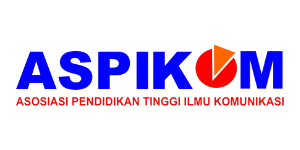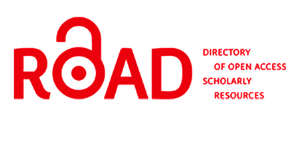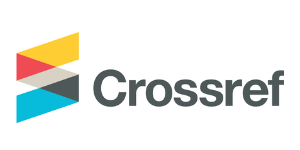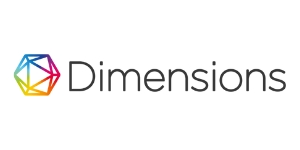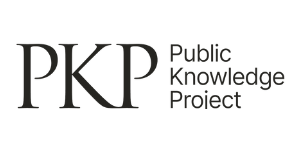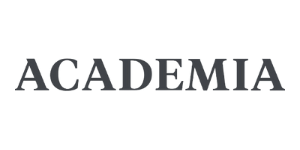Inappropriate Use of Words ‘Jihadist’ and ‘Islamist’ in Western Media’s Reports on Bombing Attacks
DOI:
https://doi.org/10.37535/105001220222Keywords:
Western media, jihadist, Islamist, Islamophobia, agenda settingAbstract
A specific term in Islam’s vocabulary, ‘Jihad’, has been increasingly popular among news readers. Considering huge impacts of news reports, people may expect a lot that mass media can also create news stories that spread values of peace, but do not cultivate seeds of hatred on a certain belief, or persons in society. Not only do the editors and journalists pay attention to the speed of writing, editing and publishing many stories but also consider possible social and even political impacts of their stories on the society. The study is expected to give a significant contribution to media industries as the focus of the study is aimed to give enlightening and right explanation on words, phrases or terms that will be used by media industries in the hope their reports will no longer hurt people, especially Muslims, and/or Muslim organizations as the mass media will hopefully understand the meaning of the terms, words, and phrases which will be used in their stories about any terror incidents, and will eventually give positive impacts to certain groups of people and/or organizations.
References
Abbas, T. (2001). Media Capital and the Representation of South Asian Muslims in the British Press: An Ideological Analysis. Journal of Muslim Minority Affairs, 21, 245-257.
Abdat, A. H. (2014). Rahmatan Lil Alamin. Jakarta: Pustaka Imam Asy-Syafi'i.
Ahmed, S., Matthes, J. (2016). Media Representation of Muslim and Islam from 2000 to 2015: A Meta-analysis. the International Communication Gazette, 1-26.
Allen, C. (2001). Islamophobia in the Media Since September 11th. the Forum Against Islamophobia and Racism, London.
Martin, P., Phelan, S. (2002). Representing Islam in the Wake of September 11: A Comparison of US Television and CNN Online Messageboard Discourses. Promotheus, 20, 265-269.
Marranci, G. (2004). Multiculturalism, Islam and the Clash of Civilisations Theory: Rethinking Islamophobia. Culture and Religion, 5, 105-117.
Powell, K. A. (2011, January-March). Framing Islam: An Analysis of U.S. Media Coverage of Terrorism Since 9/11. Communication Studies, 62, 90-112.
Richardson, R. (2012). Islamophobia or annti-Muslim Racism-or what?-Concept and Terms Revisited. One World Publication.
Rosenstiel, B. K. (2007). The Elements of Journalism (2nd ed.). New York: Three Rivers Press.
Saeed, A. (2007). Media, Racism and Islamophobia: The Representation of Islam and Muslims in the Media. Sociology Compass, 1, 1-20.
Said, E. W. (2002). Covering Islam (Vol. Pertama). Yogyakarta: Jendela.
Shaw, M. M. (2012). Agenda-Setting Theory. In E. Griffin, A First Look At Communication Theory (8th ed., pp. 378-391). New York: McGraw-Hill.
Shoemaker, P. J., & Reese, S. D. (1996). Mediating the message:Theories of influences on mass media content (2nd ed.). White Plains, N.Y.: Longman.
Smith, C. (2013). Anti-Islamic Sentiment and Media Framing During the 9/11 Decade. The Kripke Cennter, 15, 1-15.
Tarmizi, E. (2007). Konsep Jihad Dalam Islam. Islamhouse.com.
Tornberg, A., Tornberg P. (2016). Muslims in social media discourse: Combining topic modeling and critical discourse analysis. Discourse Context and Media, 13, 132-142.
Triandis, H. C. (2013). Toward Understanding Violence in Islam. Acta de Investigacion Psicologogica, 969-985.
Yusof, S.H., Hassan, F., Hassan S., Osman, N. (2013, March). The framing of International Media on Islam and Terrorism. European Scientific Journal, 9, 105-121.


